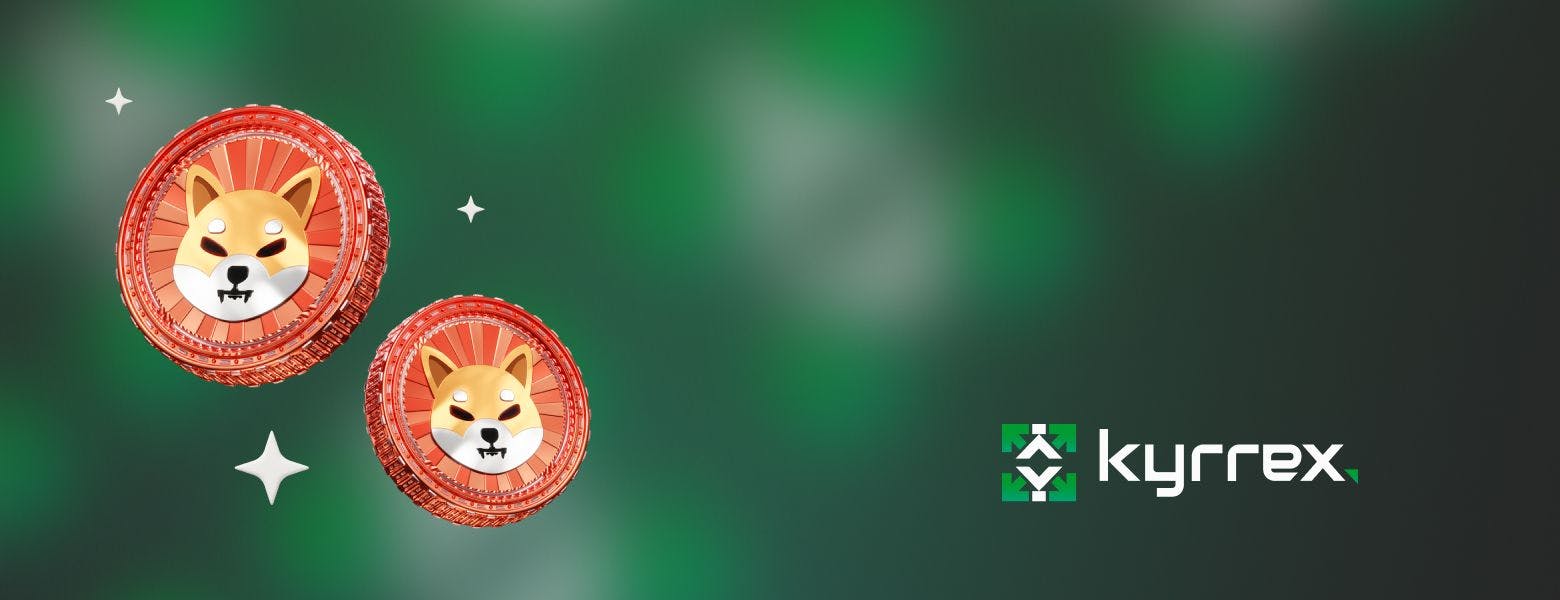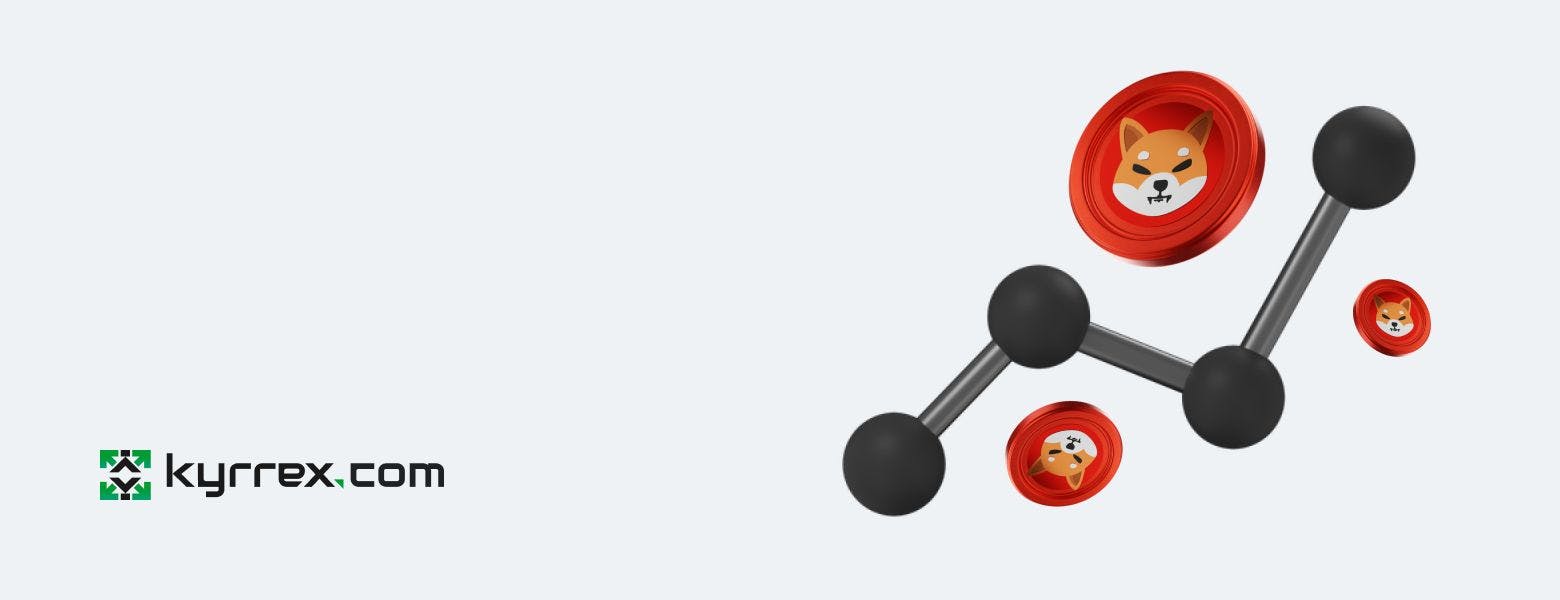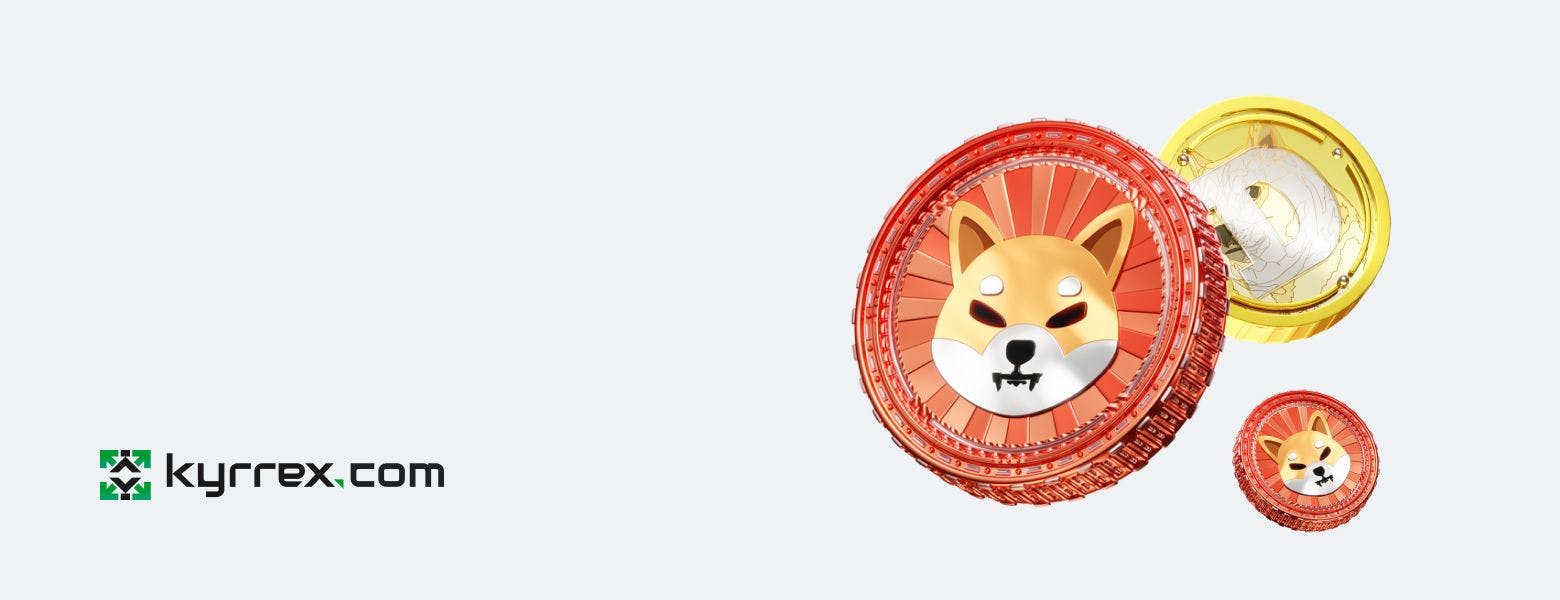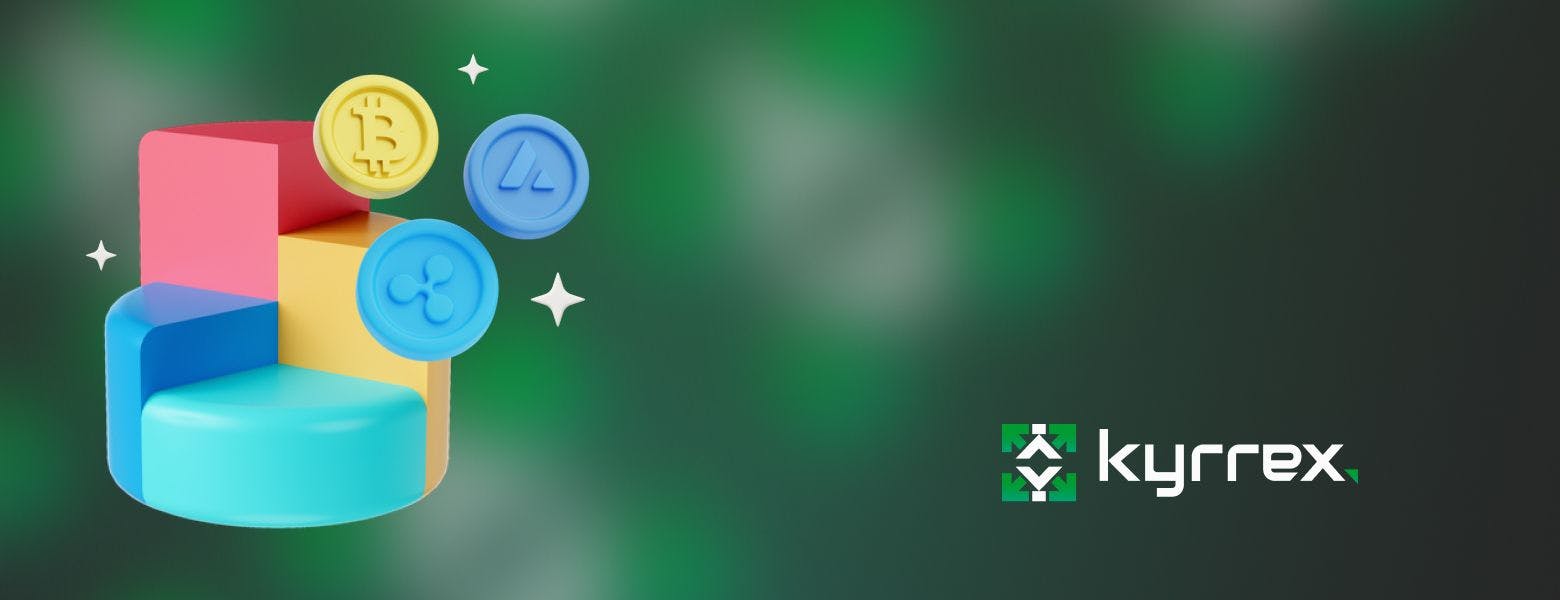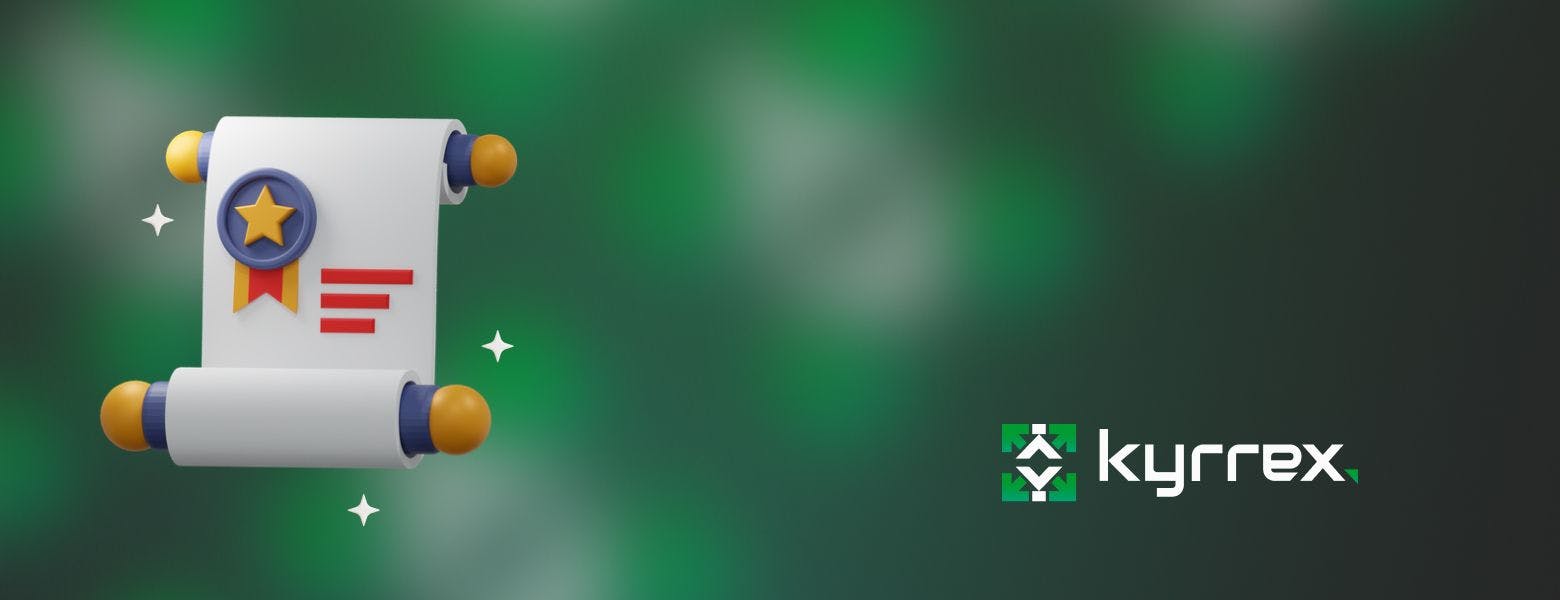
Kyrrex: The World’s First Crypto-Fiat Bank

Cryptocurrencies are turning out to be a definitive characteristic of the 21st Century. Similar to the evolution of electric cars and smart technologies, the underlying blockchain principle has solidified the place of this digital finance system in history. Thus, the march of progress in all things crypto is changing from a brisk walk to a dash. And as the narrative changes in favor of decentralized digital financial systems, Kyrrex appears as the first crypto-fiat bank.
The Kyrrex engine evolved from a determined purpose to sort out some of the still-existing gaps in the crypto industry. As a centralized exchange platform, Kyrrex’s driving objective is to provide users with the opportunities and needed digital infrastructure to slide into the backseat of the crypto sedan without throwing away the old ledger of handwritten or Excel-driven ledger accounting.
As the first crypto bank, Kyrrex takes the initiative of financial inclusivity to a whole new level. Its lineup of integrative features, for example, the liquidity hub, implement the core tenets of the Satoshi Nakamoto principle. These include autonomous economics, investment adventures that are unhindered by geographical space, and avenues for wealth building that are legal, recognized by peers from different parts of the world, and primarily managed by the person rather than a traditional banking institution.
So, as the first crypto-fiat bank, Kyrrex’s mandate is genuine and also original. The user (who is an ordinary person, a newbie to the crypto industry, an expert trader or investor, etc.) is the center of the revolution. The architecture of the exchange platform is such that this user, some of whose assets are still in fiat, has all of their questions answered and the world of crypto assets opened to them.
In this article, we highlight the peculiarities of the Kyrrex crypto exchange platform. First, we underline the gaps in the traditional and crypto accounting industry, then present the attributes of Kyrrex as the first crypto-fiat bank. Lastly, the article touches on the platform’s prospects for the future.
Lapses in the Financial/Banking Industry and the Need for a Crypto-Fiat Bank

Kyrrex was developed with a common objective in mind: solve the current problems of traditional banking and the crypto market, and introduce the next phase for the blockchain-driven evolution of personal and corporate finance. Some of these problems are highlighted below.
1- High costs in traditional banking
Regardless of the location, using traditional banks and other conventional financial institutions is costly. There are seemingly small charges for the use of debit and credit cards, online banking, international trading, and lots more. Each of these small charges amount to a sizable fraction of total personal, household, and even corporate income. These are really ‘operative expenses’ that make little sense, but that is the dynamic of the accounting model that evolved from the trade-and-barter system.
2- Low speeds of transactions in traditional banking
Timely transactions are a foreign thing for traditional banking institutions. The typical banking hall, for example, is a corridor where many of us learn to be patient, read magazines about global tourist attractions, and waste good time. The online variants are not all that different as international transactions, for instance, usually take three to five business days—unless you use those disruptive Fintech services.
3- Stagnated in the world driven by intelligent programs/protocols
Traditional accounting models are dull. Like the paper ledger that only knows to record data and does not directly help decision-making, the system is outdated and has fallen out of use in this fast-paced epoch. Why are we still married to obsolete technologies (a generous label) when there are newer options that are driven by artificial intelligence (AI)?
4- Lack of trust
Then comes the crypto market with laudable elements like peer-to-peer technology, decentralized economics, and other accents of the distributed ledger system. But the vision of decentralization is taking a while to manifest due to our inherent distrust of other people and new things. The best way out is to have something familiar and relatable, but many crypto platforms do not make a convincing case for earning the trust of intended users.
5- Needlessly complex platforms
Decentralized platforms are generally complex. The landscape is unfamiliar to the average person, and the language is positively weird. It takes a while to get used to the physics of blockchains and cryptos, especially considering that many decentralized platforms provide little or no direct help to users.
6- High volatility
The crypto market is a very volatile space. Observing the fluctuations in the value of crypto assets is a lesson in quantum mechanics. The odds of winning walk side-by-side with the risks of losing. And exchange platforms are not helping with their shallow liquidity pools. Consequently, users are not as invested in the crypto market/industry as they should be.
8- Prevalent security/Leaks
Hackers and scammers are having a field day and unlicensed crypto project managers are pulling the rug out from under even the most observant user. The apparent absence of accountability leads to distrust and the lack of trust evolves into nonparticipation.
Kyrrex, the First Crypto-Fiat Bank to the Rescue
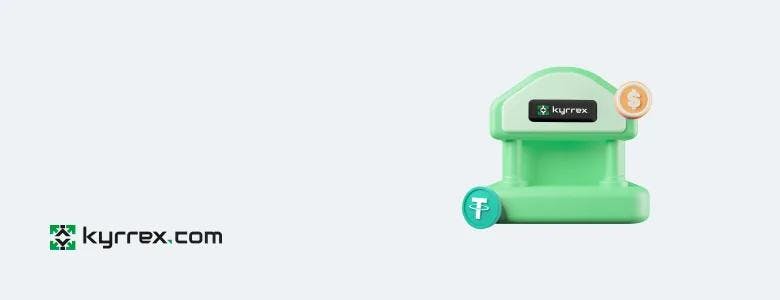
The primary goal of Kyrrex is to build a solid bridge between the traditional banking and financial system and the digital world of online investment, trading, and economics. Put differently, the regulated crypto-fiat network promotes an all-in-one exchange platform derived from a vision to see both worlds (the actual and the virtual) criss-cross each other for the benefit of users.
The entire Kyrrex ecosystem has the user as the control factor. As a result of this, the platform emphasizes focused performability with regards to crypto exchange, liquidity options, trading and portfolio management, tokenization, and more. In other words, these features and services are optimized to meet user needs at affordable (and even negligible) financial costs.
History and Mission
Kyrrex was founded in 2016 as a regulated crypto-fiat platform. Unlike many others, the platform did not take up the decentralized exchange model or the increasingly popular hybridized centralized-decentralized model. Instead, the platform was designed to use a regulated framework to provide products and services for investment and finance.
Kyrrex is an inclusive ecosystem, and is particularly geared towards closing the divide of traditional banking and the crypto market. Thus, it is the one-stop-shop for the trading of both fiat currencies and crypto assets using a user-friendly and user-centered architecture.
According to the Kyrrex website, the mission of the crypto-fiat bank is to create “... a global system of financial products without geographical, legal and time boundaries, accessible from everywhere, by anyone.” The result of such a system would be a promising step towards the next phase of the crypto and blockchain revolution.
Features and Advantages

A number of features make Kyrrex a valuable and convenient platform for crypto-fiat exchange.
1- Licensing and regulation
Kyrrex is a regulated exchange platform. This means that the system runs on direct human supervision rather than automated computer protocols. To this effect, Kyrrex has a Class 4 VFA License by the Malta Financial Services Authority, the highest available and evidence to demonstrate that the platform is as legit as possible. By implication, Kyrrex has the stamp of approval from two well-known crypto license issuers.
2- Crypto Exchange
Kyrrex operates a fast and ultra-efficient system for traders. The transaction speed for each crypto asset reaches up to 1.5 million transactions per second, which is a big bump compared to the 5 to 15-minutes average guaranteed by other platforms for a similar number of transactions. Kyrrex also offers demo trading accounts for newcomers to the crypto industry who can then switch to genuine trading accounts once they are confident. This is possible due to the massive treasure trove of information that Kyrrex offers as training manual and educational material on trading crypto assets.
3- Liquidity Hub
Kyrrex introduced the idea of a liquidity hub where users can easily buy and sell digital assets without worrying about large swings in price (slippage). As a result, users are free to trade in crypto assets with a dedicated focus, rather than remaining jittery as a result of the high volatility dynamics inherently native to the crypto universe.
4- Over the counter trading services
Kyrrex offers over-the-counter (OTC) services which is another way of saying that Kyrrex offers users interested in securities trading without the monitoring eyes of a formal exchange. The OTC system is transparent, legal, and safe. As such, Kyrrex users are not at a disadvantage using this decentralized feature since the platform itself acts as the basis for the broker-dealer transaction.
5- Crypto-Fiat Portfolio Management
Kyrrex combines the cardinal excellences of both fiat currencies and digital assets. This way, you can easily manage both sides of the financial coin by buying and selling new assets using them. With Kyrrex, users are able to convert their fiat currencies to cryptocurrencies, and vice versa. The process is simple and seamless and does not require any other protocol/procedure since the integration of fiat and crypto is built into the Kyrrex ecosystem. Thus, you can conveniently manage your trading portfolio with both fiat currencies and crypto assets as viable instruments for exchange.
6- Tokenization
Kyrrex has much to offer its users in terms of tokenization. The native KRRX token offers multiple benefits for Kyrrx users. These include zero commissions on all trades done inside the Kyrrex ecosystem, and chips for social interactions among traders. The tokenization protocol also allows for the progression of Kyrrex traders over the 6 user trading levels.
7- Referral Bonuses
Kyrrex is not a multi-level marketing (MMM) scheme but it uses a referral system to reward active and advertising users. Upon referring three people, a Kyrrex user gains access to new discount rates, although that also depends on the volume of KRRX that the user stakes. To put things in perspective, at the third referral, Kyrrex awards users that have staked more than 2500 KRRX with a whopping 60% discount. This is not including the secret bonuses that the users become eligible for.
8- User-Friendly interface
Kyrrex, like many centralized exchange platforms, prioritizes a simple and user-friendly interface for its users. The emphasis is on practicality and convenience rather than a design focused on blinding the eyes. As such, you won’t find extreme colors on the Kyrrex mobile app or web platform. Instead, the interface of the trading wallet is comfortable and can be used without newcomers having to rely on extra materials on how to use the Kyrrex trading wallet.
9- Free trading within the ecosystem
As earlier mentioned, Kyrrex users are eligible for very low trading fees. These fees depend on how much cryptocurrency they are trading, their trading level, and, again, whether or not they are using the native KRRX token. Even so, the Kyrrex trading fees are low compared to the offerings on other platforms.
For example, the highest trading fee on the Kyrrex platform is 0.15% for transaction volumes worth less than 100btc. This fee is lowered to 0.135% for traders who have staked 500 to 5,000 KRRX and to 0.0525% for those that have staked more than 250,000 KRRX. For users at institutional and market maker trading levels, there is no trading fee.
10- Privacy/Security of user information
Kyrrex uses a watertight security system that ensures that user information is safe from hacker activity. Without authorization from the platform, no individual, institution, or computer program can gain access to the funds on Kyrrex. This is one of the vision-points of the Kyrrex exchange platform, so it is taken pretty seriously.
Kyrrex Prospects for the Future
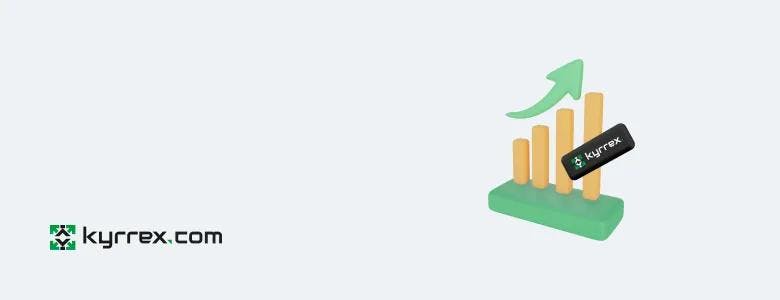
Kyrrex has several prospects for the future that will consolidate its status as the first crypto bank and the most progressive regulated crypto exchange platform. Two particular features are slated to be implemented on the Kyrrex ecosystem. These include banking capabilities (in which case Kyrrex can operate in full capacity as a digital bank); and the crypto merchant platform where users can use the Kyrrex engine to optimize their business operations, boost client coverage, and make more profit.
All in all, Kyrrex is both a crypto-fiat bank for the future and for the present. Its objectives are appreciably sensible, its features are on point, and its prospects cannot be any brighter.

